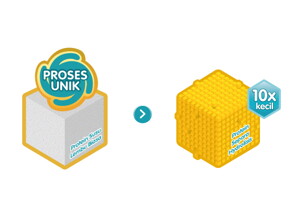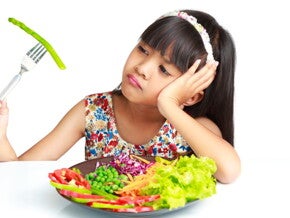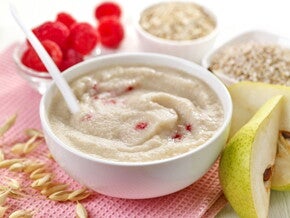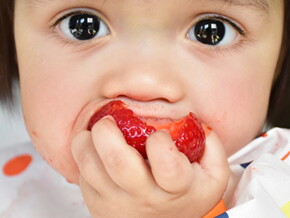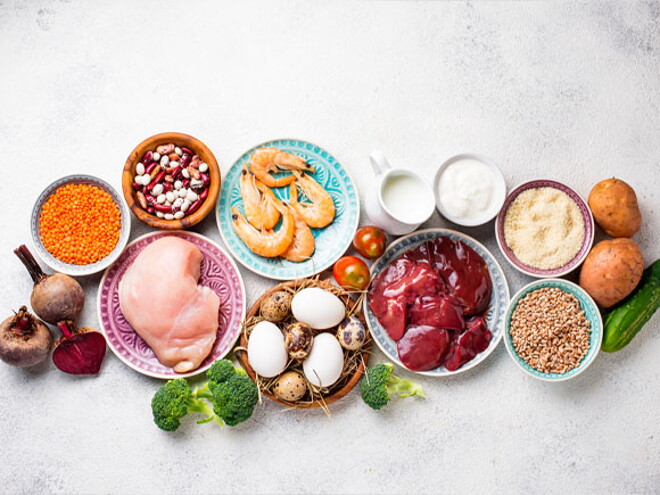
Food allergies in children Vs intolerances—things to consider
Child allergies and intolerances can develop at any time. An allergy is our immune system’s reaction to a substance it thinks is harmful. The severity of the reaction can vary greatly from person to person and can increase or decrease over time.
On the other hand, a food intolerance may cause less severe reactions but can be harder to diagnose. Here are some tips on spotting the signs of allergies in children versus the signs of intolerances, as well as other things to consider.
- Be aware of the main allergenic foods that leads to food allergy, for example: nuts, legumes (including broad beans and other pulses), eggs (resulting in egg allergy), gluten, soya, fish, and shellfish.
- Remember these foods can be introduced at six months when you start introducing solid foods to your little one.
- Try to introduce allergenic foods one at a time and in small amounts so you can spot food allergy especially egg allergy in the early stages.
- Once introduced and shown to be tolerated, try and include them in your child’s usual diet, as this can minimise the risk of a future food allergy.
- Don’t delay the introduction of peanuts and hen’s eggs until after 6-12 months, as evidence has shown this may increase the risk of an egg allergy or peanut allergy developing.
- Signs of food allergy in children can occur straight after a food is eaten, or several hours later.
- Be aware of the common allergy signs, for example: swollen lips or tongue, wheezing or difficulty breathing, itchy skin, throat, tongue, or eyes, rash/hives, coughing, diarrhoea, vomiting, and a runny or blocked nose.
- A severe allergic reaction, or anaphylaxis, is serious so it’s worth knowing what to do next.
- If you suspect your child is having an allergic reaction, try to stay calm and seek medical help as soon as you realise something is wrong.
- If your child is showing signs of a severe allergic reaction or anaphylaxis, call the emergency services immediately.
- If your child has a food allergy, make sure you read food labels carefully and avoid any foods where the ingredients are unclear.
- A food intolerance is not an immune system reaction. It usually means that the food cannot be easily digested.
- Remember that signs of intolerances in small children can appear more slowly, making them harder to diagnose.
- Look out for signs, for example: upset tummy and bloating.
- The best thing to do if you’re concerned that your child may have a food allergy or intolerance is to speak to your healthcare professional.
- For more on child allergies and intolerances, read our article on common childhood allergies and how to help.
Did you know?
Minor sensitivities in children like itchiness, rashes, upset tummy and bloating can all be early signs of allergies. The right proteins in your child’s diet can help minimise these discomforts. NANKID OPTIPRO HA 3 uses Gentle Protein*, which are cow’s milk proteins broken down through a unique NESTLÉ process so that they are 10X smaller. This makes the proteins easy to digest, less allergenic and therefore, less likely to trigger allergic reactions or minor sensitivities in children.
With NANKID OPTIPRO HA 3, you can let your child feel the world, free from discomfort.
NANKID OPTIPRO HA 3 contains Partially Hydrolysed Protein, 50mg of DHA & ARA** and 100 million Probiotic B. lactis.**
*Refers to Partially Hydrolysed Protein
**per 100g of milk powder








